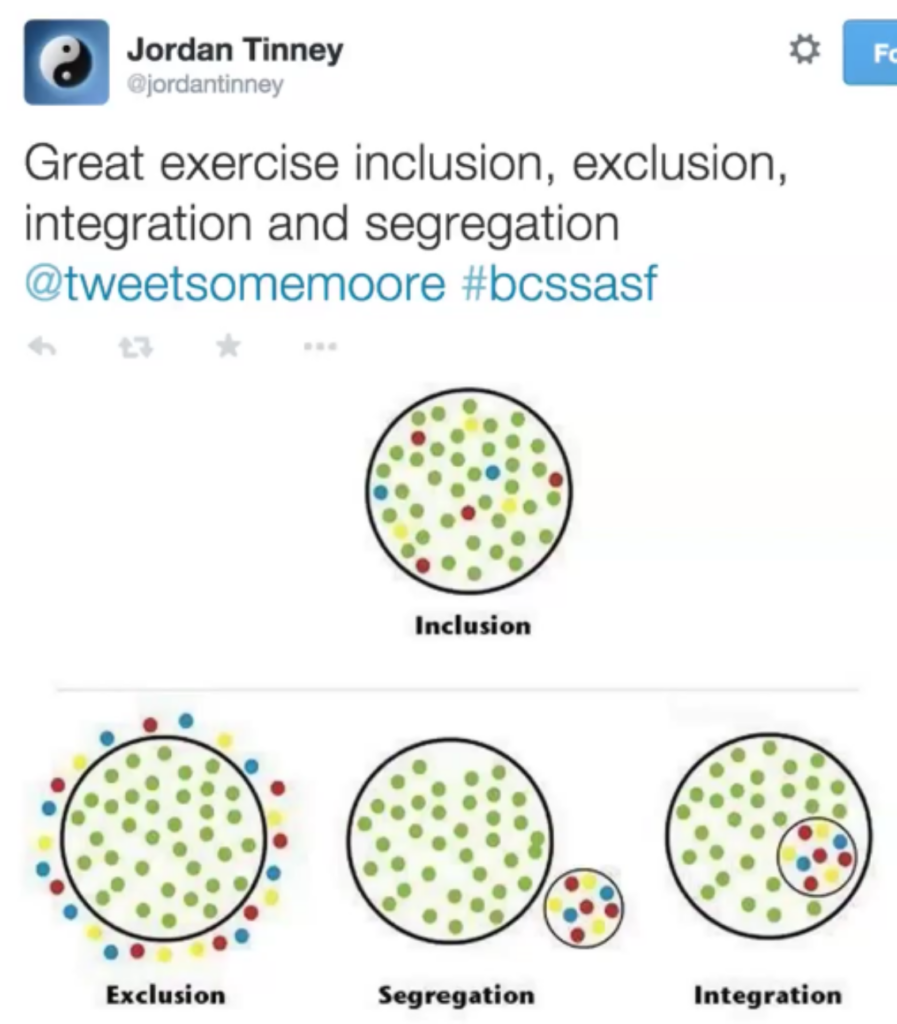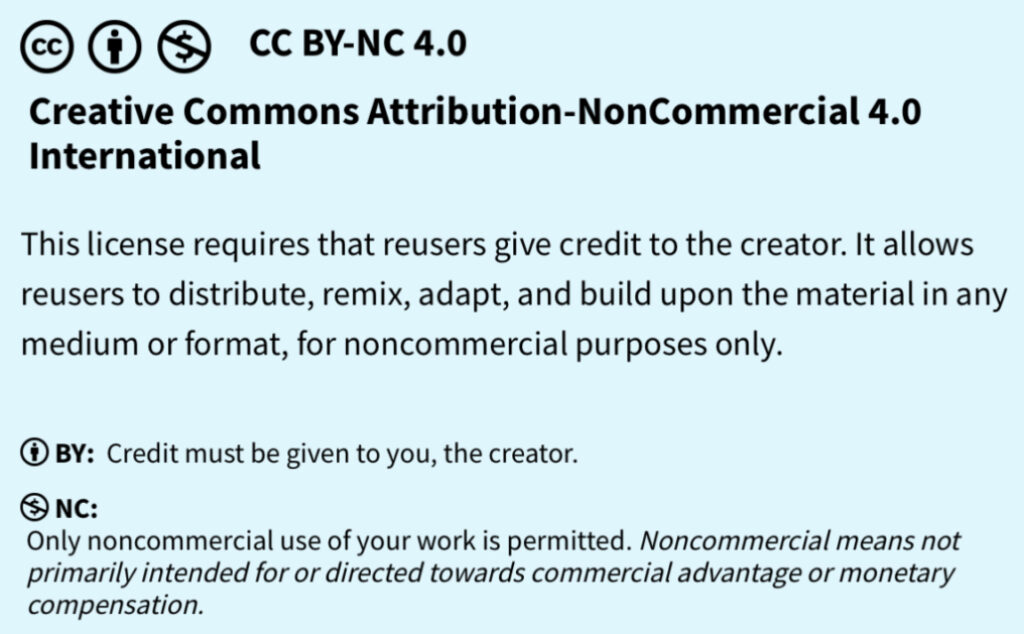Modality in Education – Personal Experience
When I think about the modality in my own education, I can only describe it as a wave of transitions. I began school in strictly face to face classes as the majority does, then during middle school I had some struggles connecting with the environment, educators and struggling with ADHD and anxiety so I tried a mix of face to face and a few online classes. This approach worked wonders. I found it a lot easier to connect and find comfort within the education realm and felt much more supported by my peers. I kept doing this blended or hybrid approach with more of a majority online during the end of my high school years and of course during COVID which forced us completely online in our little zoom boxes. Now this experience was much different from the average back in the day, binary, face to face focused schooling structure which pushed face to face in many ways as the priority. In my perspective having a flexible modality was the best thing that ever happened to me. In many ways it allowed me to express myself more fully as it assisted me in growing and feeling confident, welcome, and accommodated for in such a crucial structure of life. Today there seems to be such a wider and more known range of choices to modality providing so many others a chance for a positive personal educational experience as well.

Educator Perspective & Broadened Language/Terms for Modality:
As an educator I find open modality and choice extremely important in providing opportunities for students learning journeys. You can’t know what works for you or suits you best until you try different approaches to learning. The idea of this choice has expanded immensely over the years especially with the clarification from terms like multi-access learning as coined by Valerie Irvine in 2006. By providing these stronger definitions and overall understandings of multiple means or approaches of learning the benefits were uncovered and expanded upon within the creation and presentation of these classes. I hadn’t even heard about half of the language presented in this week’s material. As Irvine points out, terms like, “blended are now dead terms,” with the development of “hybrid,” “multi-access,” “hylex,” and “mode-neutral.” With these expansions clarity is deepened for describing exactly how a course will be presented rather than a broader umbrella term meaning “everything” to lessen confusion.

Equity of Modes:
With such an expansion of modes it’s important not to specifically prioritize or dismiss any as everyone is varied in preference, ability or most beneficial approaches to learning which often has to do with a number of circumstances. Even analyzing the charts shown in this week’s zoom indicating what modes many prefer, I don’t believe can accurately vindicate what is more or less important. Thinking about focus question #2, “Can you think about a case where a learner was unable to access education due to modality or inflexibility in learning design?” Two main ideas come to mind, the first being family having to relocate from more rural areas to the city for greater education which also makes me think of my experience having to move from Mexico to Canada due to safety, levels of teaching, and a restricting system set up stronger for pricey private schools. The other being medical concerns and impacts. I had two friends who had on and off conditions waiting for further explanations or diagnoses which as a result restricted their abilities to physically come to school each day or week which brought them back in many classes. One even had to fully redo a year. I don’t see this as very accommodating or fair and have personally seen many younger students going through similar situations who get stuck in that strictly face to face classroom set up with little or no ability for expanded modes or flexibility within this.


Pedagogies Role in Effective Education:
I believe that equity in education should and could look like flexibility in modality that focuses on strong pedagogies to truly ensure access to those who might otherwise be excluded in a meaningful and effective way. Aspects including, social connectedness, collaborative group projects, conversation and creative approaches to shared interests are all positive ways to involve pedagogical approaches if integrated with intention and care. Education should meet students where they are rather than force them into a mode that doesn’t fit and from this week’s resources this is how I see multi-access learning with considerations beyond just mode, approach, or pedagogy but a wider consideration and mix of each. The following video breaks down the five major pedagogical approaches and is helpful in the sense of evaluating how these approach’s could improve a multitude of modes.
